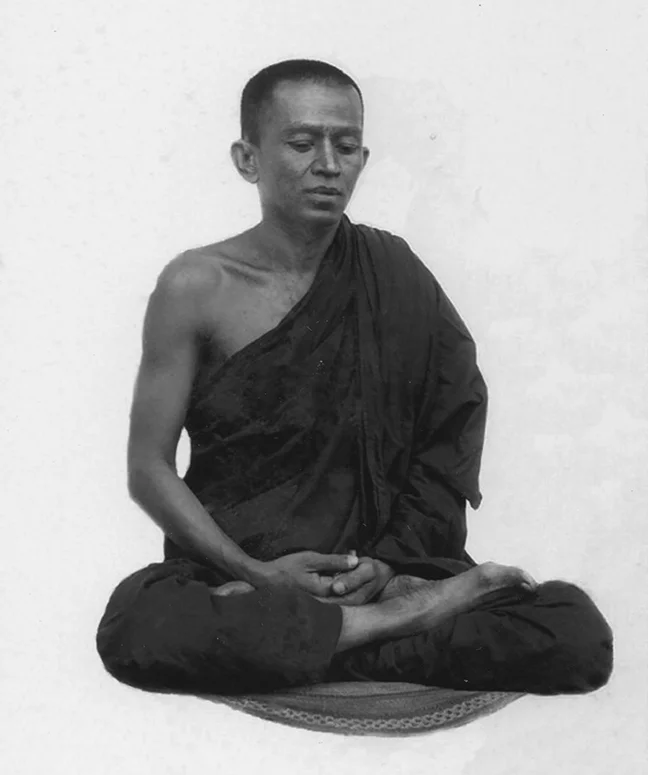After the Discovery
The Prince Priest
The discovery of the Piprahwa stupa attracted significant attention, with the New York Daily Tribune heralding it as the ‘most important discovery of the century.’ News quickly spread among eminent Buddhists.
Within a week of the discovery, a Siamese Buddhist monk, the Ven Jinavaravansa arrived at Birdpur. Often referred to as the Prince Priest, Jinavaravansa was the grandson of King Rama III of Siam and a cousin of the then-reigning King. Following a political scandal in Siam, Jinavaravansa spent several years in British Malaya before moving to Ceylon in self-imposed exile. There, he was ordained as a monk at the Waskaduwe temple in Kotahena, near Colombo, serving under the renowned Pali scholar the Ven Sri Subhiti. Jinavaravansa was on a pilgrimage in Northern India at the time of the discovery and arrived at Birdpur hoping to secure a share of the relics for the Buddhists of Ceylon and also to ensure that the remainder of the relics went to the Rama V, King of Siam, who was at the time the only existing non-colonized Buddhist sovereign in the world.
W. C. Peppé was. unable to apportion any part of the discovery himself, as he had already placed the relics at the disposal of the Government. However, he passed on Jinavaravansa's request to the Commissioner of Gorakhpur who subsequently informed his superiors. Heeding the advice of the Prince Priest the Viceroy of the time, Lord Elgin, agreed that most of the bones and ashes would be given to the King of Siam ‘as the only existing Buddhist monarch for distribution on condition that His Majesty would not object to offer a portion of the relics to the Buddhists of Burma and Ceylon’. These relics were handed over at an elaborate ceremony in Bangkok in early 1900. One portion each was assigned to Mandalay and Rangoon and three portions were assigned to temples in Anuradhapura, Kandy and Colombo. In Bangkok, the relics and some of the jewels were enshrined in the Golden Mount Pagoda. The treasure, along with the five reliquary urns and the stone coffer was placed in the Imperial Museum in Calcutta. W.C. Peppé was permitted to keep approximately one-sixth of the original treasure, consisting mainly of duplicates. The Ven. Sri Subuthi had written to Peppé lobbying for a portion of the relics to be sent to Ceylon, W.C. Peppé replied that he had ‘placed them at the disposal of government’ with the request that some be sent to Subhuti and the Buddhists of Ceylon. Eventually, W.C. Peppé sent '20 relics & one gold roll’ and in a letter to Subhuti noted that ‘you will see how beautifully they are made’.
King Rama V of siam

